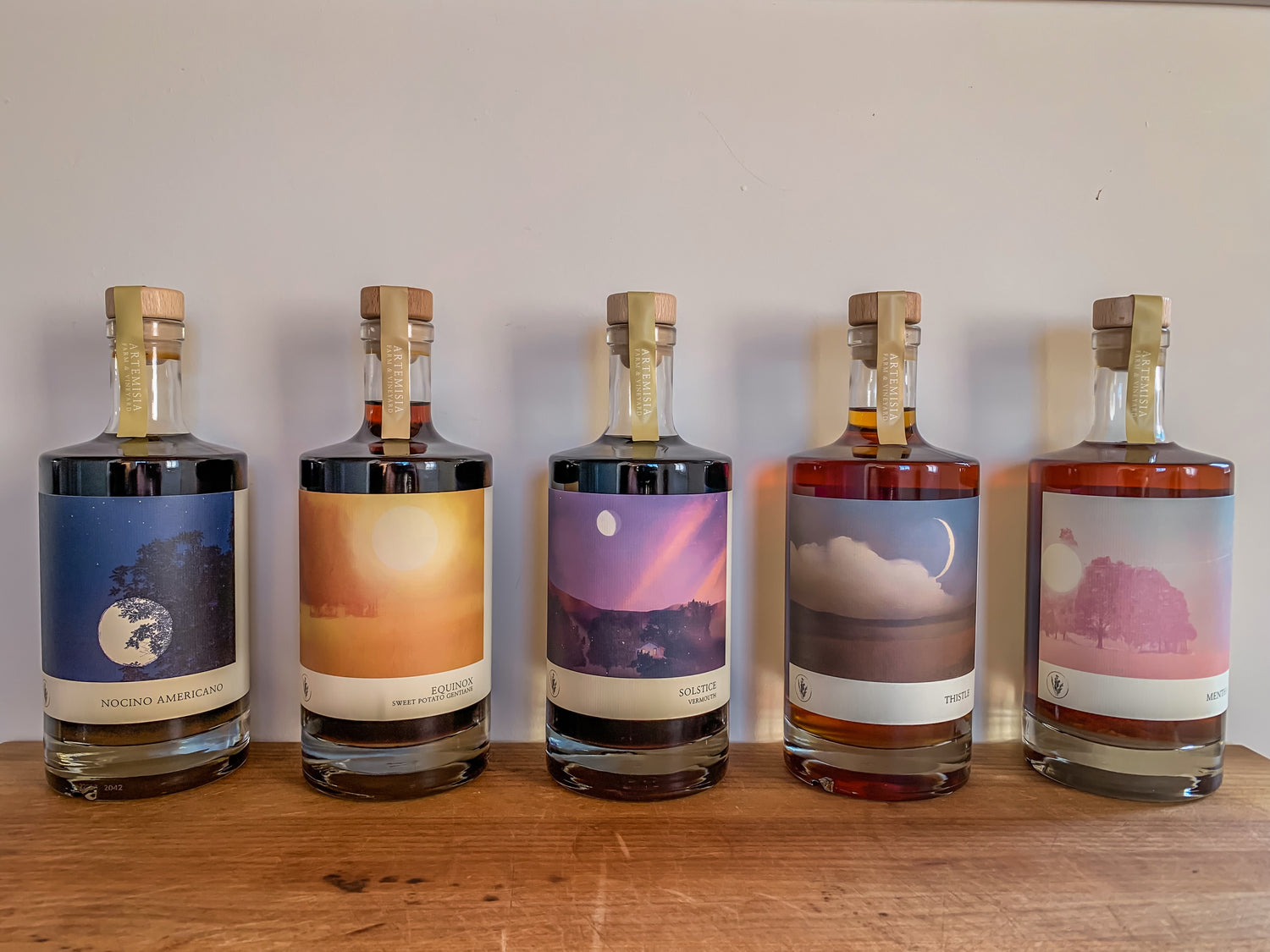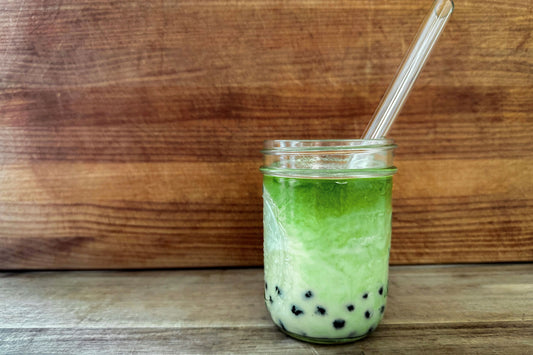Limoncello is a forgiving liqueur to make at home. Its natural home is on the bar, but don't let your imagination stop there. Limoncello works wonders infused into sweet breads or drizzled into springy chicken sautés. It helps to have a few recipe plans in mind when you make this, otherwise you'll end up drinking it all yourself.
Once you get the hang of Limoncello, try swapping out the lemon rinds for equal quantities of orange, grapefruit, or any other citrus peel you have on hand.
Ingredients
- 10 organic, unwaxed lemons, or a comparable quantity of alternative citrus.
- 1 750mL bottle 100 proof vodka or over-proof neutral spirits (such as Everclear)
- 4 cups sugar
- 5 cups water
Preparation
- Using a vegetable peeler or a very sharp knife, carefully remove the outer rind of the lemons, avoiding the bitter white pith. Reserve the peeled lemons and their juice for another use.
- Place the collected rinds into a large glass jar or crock with a tight seal. Add the vodka, being sure that all the rinds are covered.
- Allow the mixture to age for at least two weeks and up to thirty days. Over time, the extraction process will slow down, but it's best to keep an eye on things. The end product should have a deep, golden hue, but in especially hot conditions, the infusion can proceed faster than anticipated. Watch out for brownish, woody hues, as these indicate that the extraction is more intense than may be palatable.
- After the infusion is completed, strain the alcohol from the rinds. Discard the rinds and return the alcohol to the jar.
- Combine the sugar and water in a large saucepan and heat gently, stirring until fully dissolved. Allow to cool completely.
- Add the sugar syrup into the lemon infusion and stir well. Allow to age for another to weeks or up to thirty more days.
- Limoncello should keep well at room temperature, but if you notice any off characteristics, it's best to dispose of the batch. Aim to keep the alcohol as close to 40% as possible to ensure maximum shelve life.






